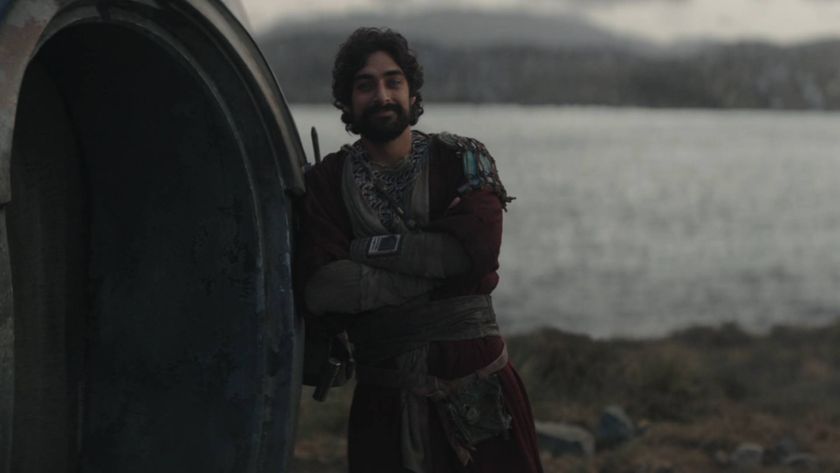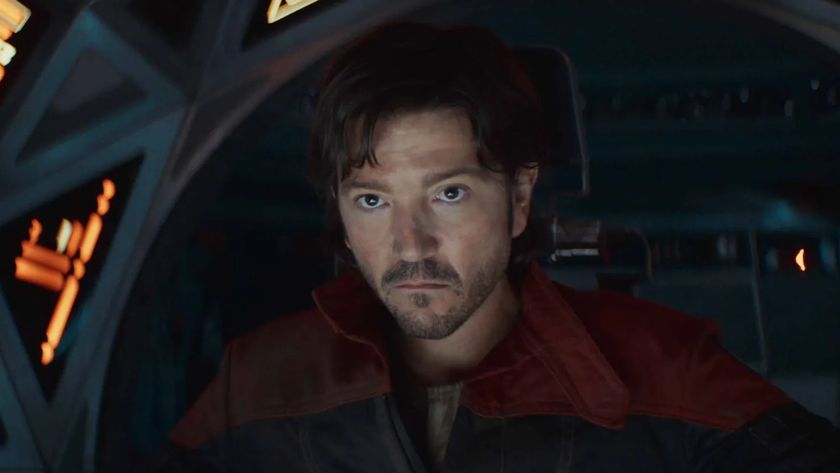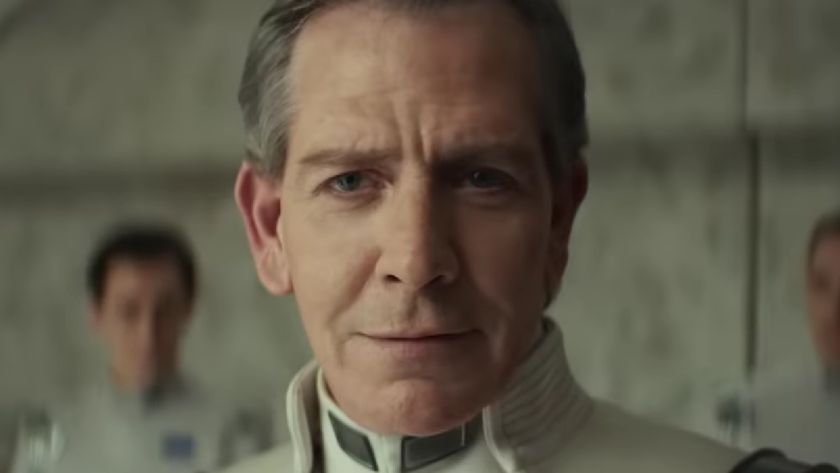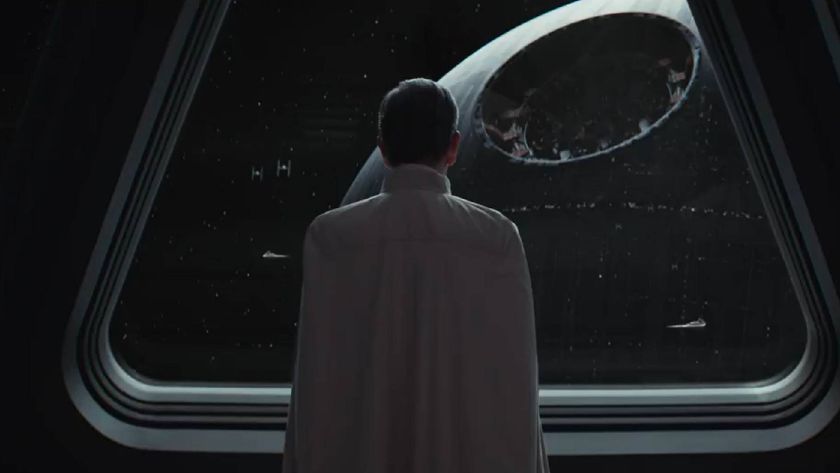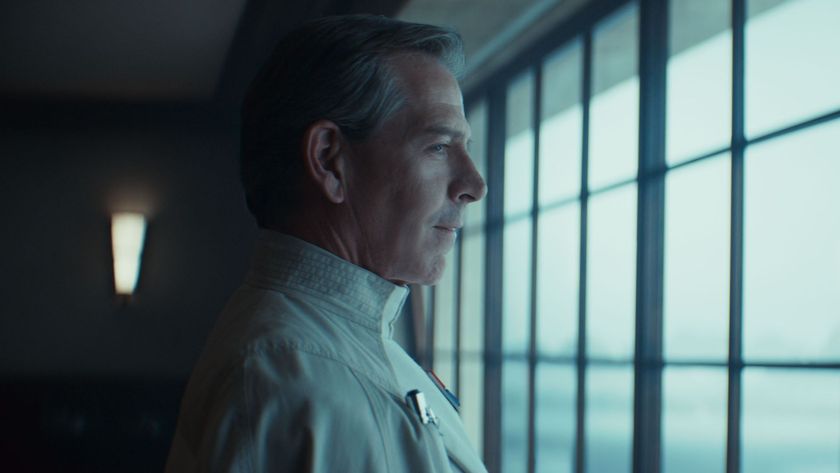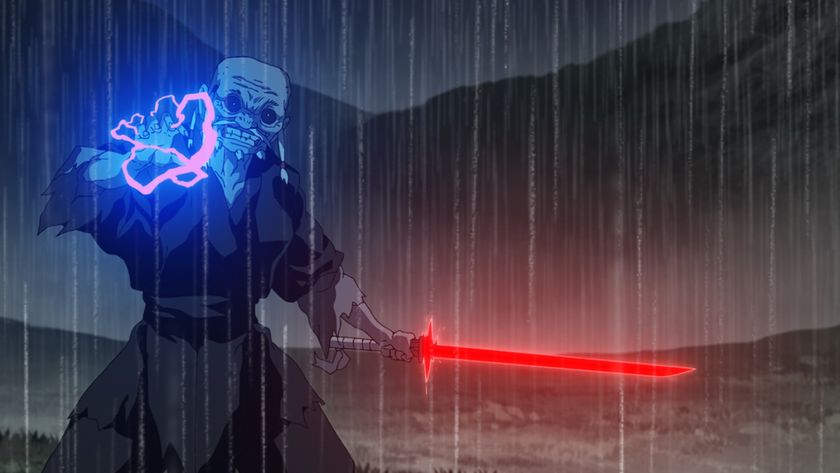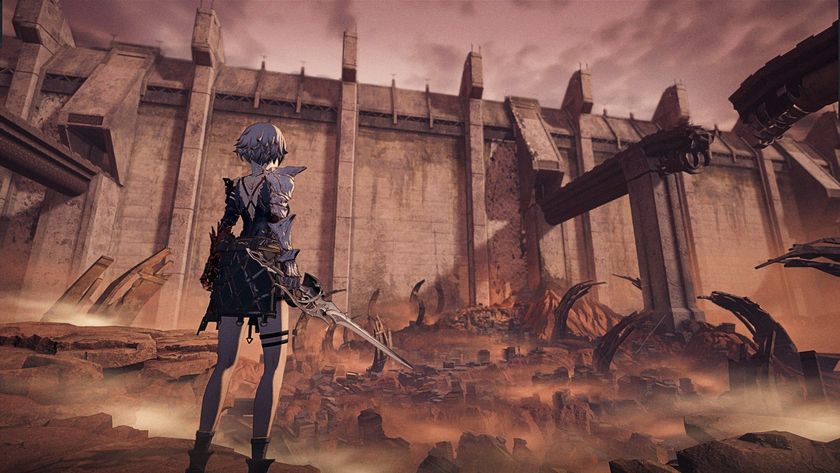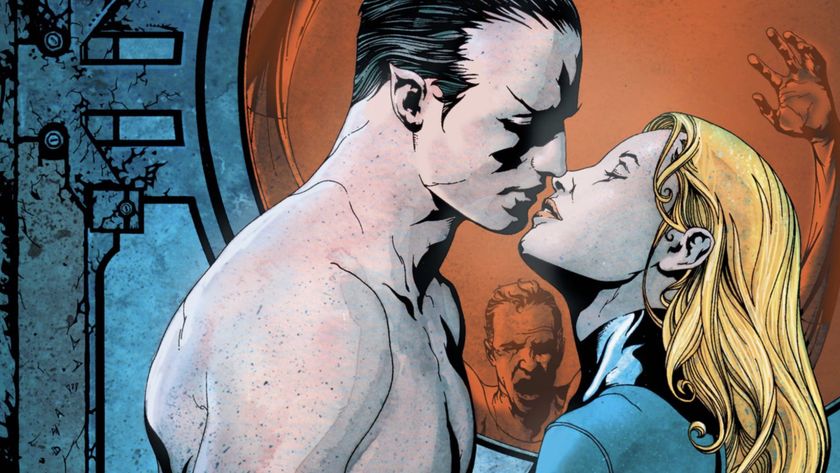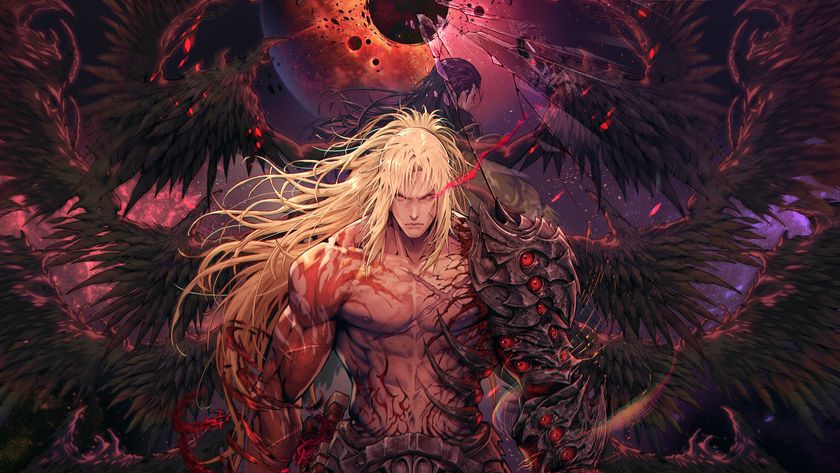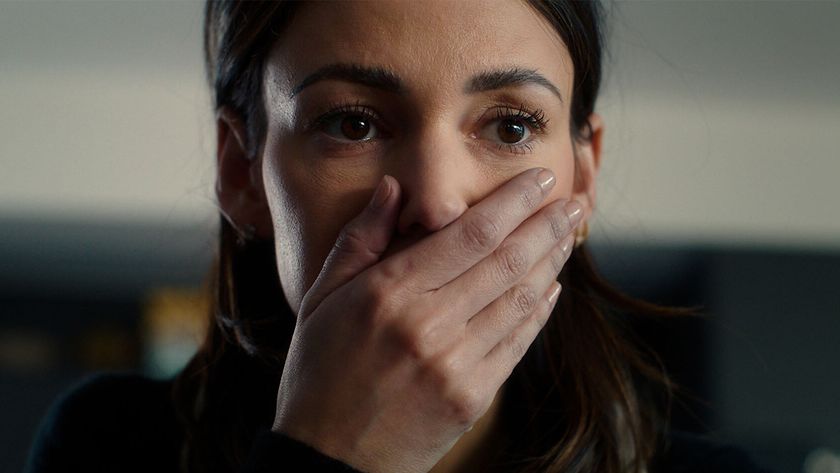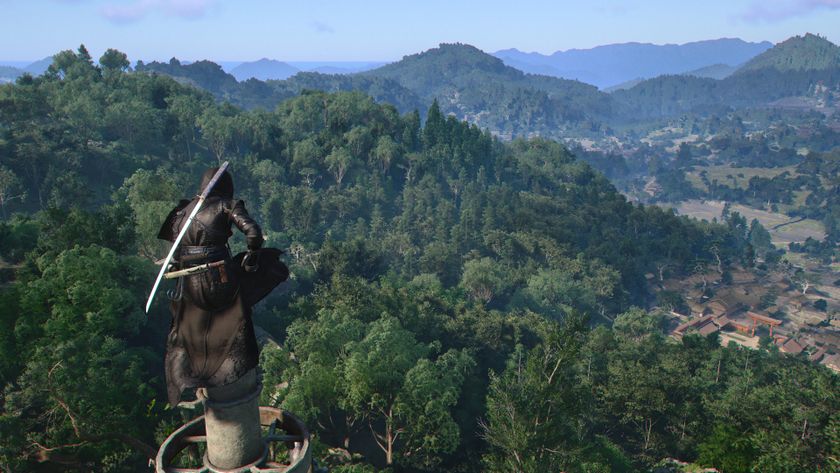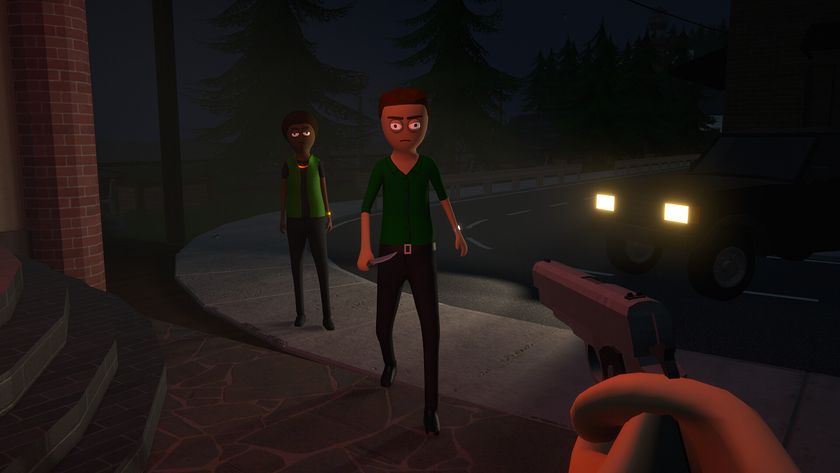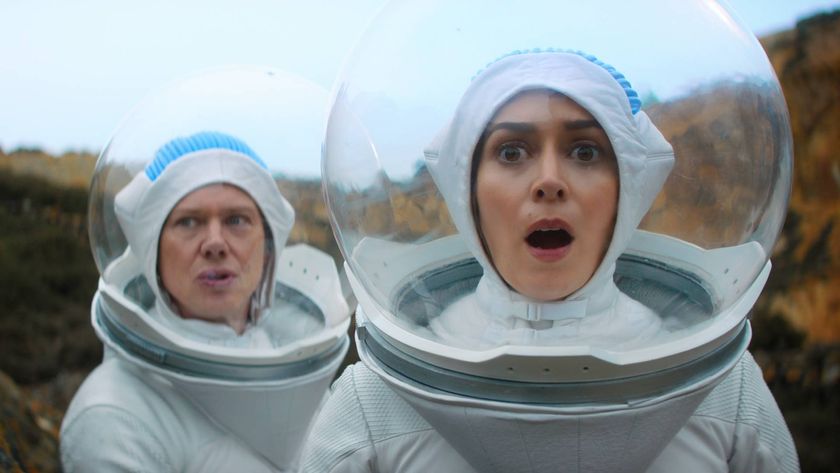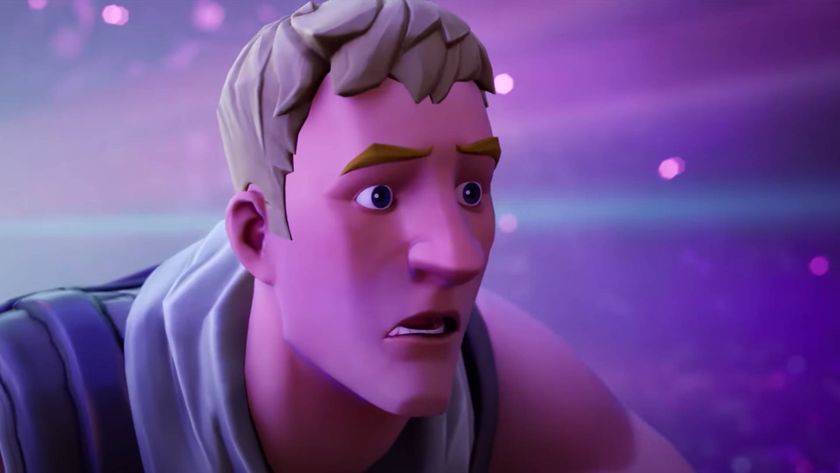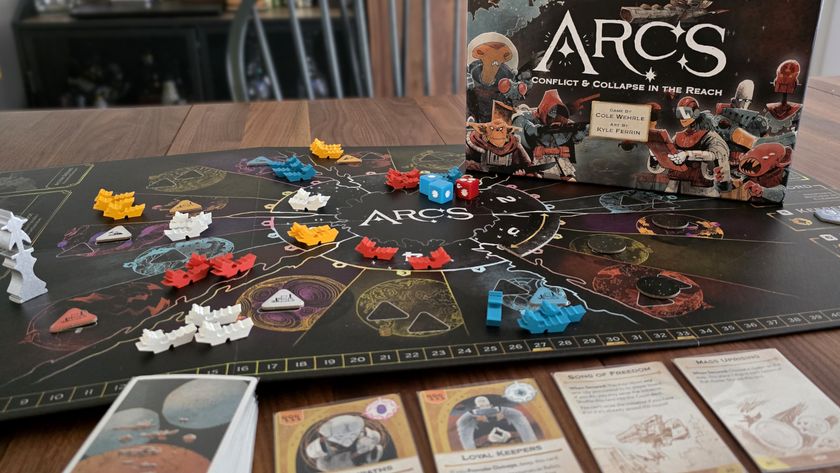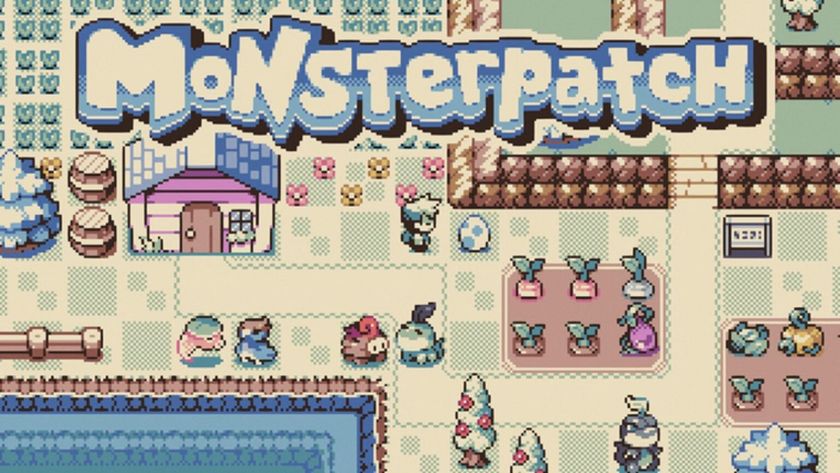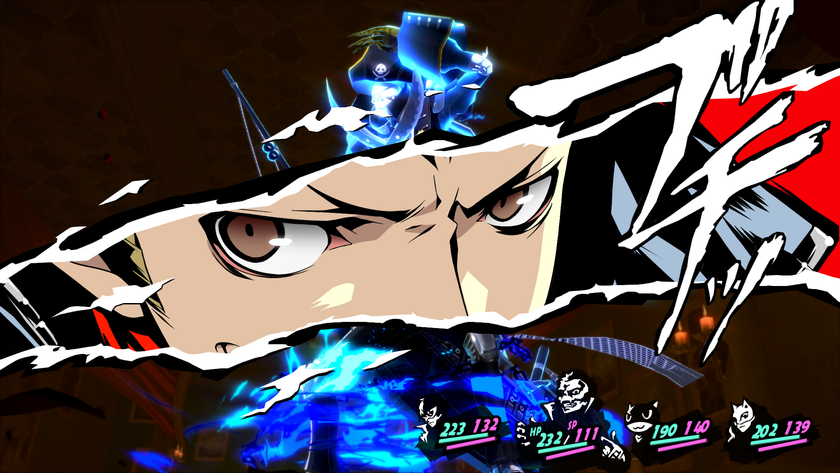The Mandalorian armour explained: Beskar origins, how it's made, and why it's so important
The Beskar-infused backstory to one of the most iconic sets of Star Wars armour
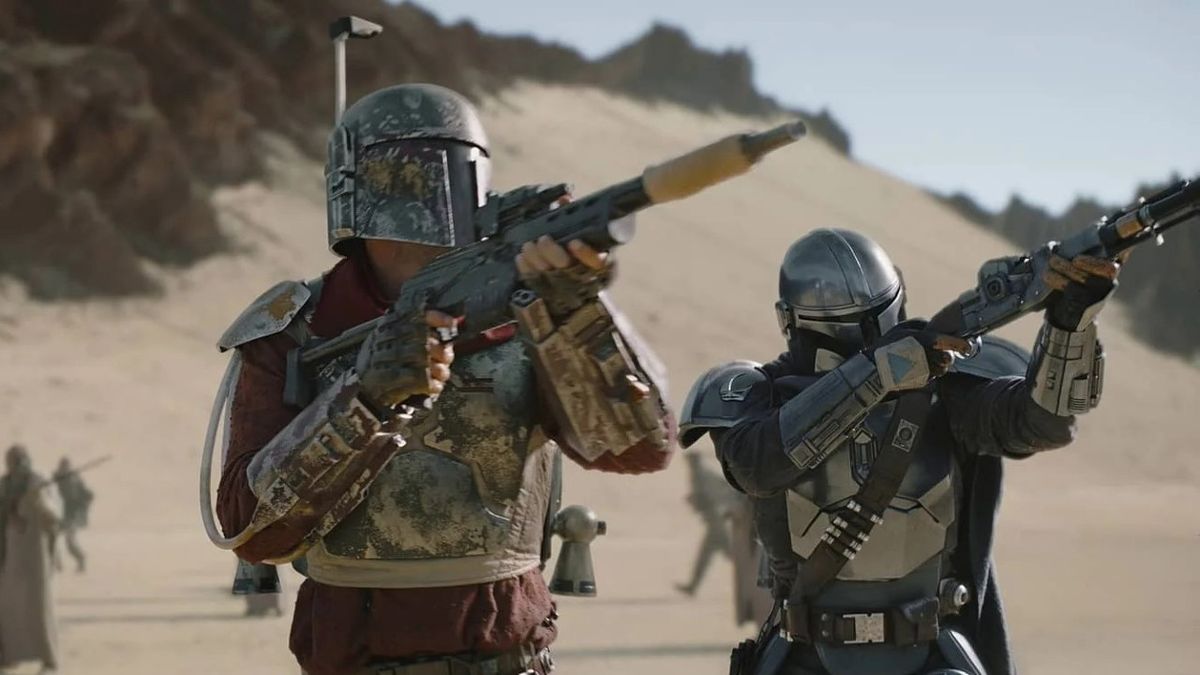
When The Mandalorian rocked onto our screens in 2019, all anyone could talk about was Baby Yoda. However, once the world got over just how cute the green guy looks, our attention turned back to the gun-slinger and his instantly iconic armour.
Through season 1, we got a whole lot of information about the Mandalorian and his kind – that included a deeper understanding of Beskar, the metal that previously appeared in the Star Wars animated shows. The history of the Mandalorian armour takes on a new meaning with the Disney Plus series, and we're here to help you understand its intricacies. Plus, if you need a few other questions answered, we have explainers on why The Mandalorian can never take off his helmet and where The Mandalorian sits in the Star Wars timeline. Want to know more? This is The Way.
The Mandalorian armour: what are its origins?
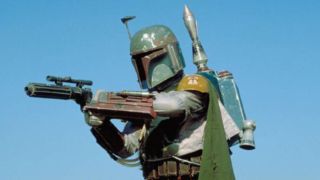
The first Mandalorian (and, by extension, the first appearance of the Mandalorian armour) to show up in the Star Wars franchise was Boba Fett. Depending on your Star Wars tastes, he has three very different origins.
The most notable appearance of Boba Fett and The Mandalorian armour was in The Empire Strikes Back. However, the formerly unnamed bounty hunter first appeared in the 1978 Star Wars Holiday Special. If you want to get technical, he appeared even earlier in-canon during the Special Edition re-release of A New Hope when Han Solo confronts Jabba the Hutt.
The in-universe origins of the Mandalorian armour is, thankfully, not as confusing – if you disregard the long and winding road of Star Wars Legends lore, which have all been consigned to the non-canon pile a long time ago in a galaxy far, far away.
What we recognise now as the Mandalorian armour actually stems from the Mandalorian Civil War, an event briefly mentioned in The Clone Wars cartoon. The Civil War itself takes place roughly a quarter-of-a-century before that show.
During the war, a group known as The Mandalorian Supercommandos (or shock troopers) became a prominent force among the Mandalore clan, remaining as such through the Clone Wars. The design was carried through right up until the events of The Mandalorian – having been popularised by Jango Fett (who allegedly grew up on the Mandalorian planet Concord Dawn and would have been in close proximity to the Supercommandos) and his son, Boba.
Sign up for the Total Film Newsletter
Bringing all the latest movie news, features, and reviews to your inbox
So, yep, the Mandalorian armour, unsurprisingly, started off as a piece of battle armour and has its origins in one of the bloodiest periods in Mandalore history. The Supercommandos’ position helped the Mandalorian armour (of which there had been many variations in design before then) become the norm on the planet of Mandalore.
Of course, the undeniably cool design of Boba Fett’s trademark armour helped maintain its popularity through the years – but now you know there’s an actual super nerdy explanation for it still to be hanging around, should you want to impress/scare away your friends.
How is Mandalorian armour made?
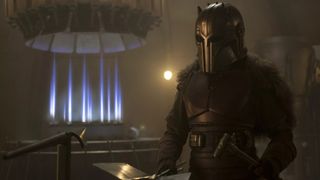
Before we get to how Mandalorian armour is made, it’s worth having a refresher on just what exactly constitutes the full Mandalorian get-up. Unless you’ve gone to a Halloween party as Boba Fett, you’ve probably never given it too much thought.
The helmet is the main element of The Mandalorian armour. It is quite literally The Way as followers of the Mandalore creed refuse to remove their headgear. Typically, there’s also a chest plate and armour-plating on the shoulders, wrists, and legs. Designs can vary, but it’s worth noting that most aren’t a full suit of armour, presumably to account for manoeuvrability and flexibility in battle. It also makes it easier to bend down and pick up Baby Yoda, which doesn’t hurt matters.
In terms of making Mandalorian armour, a material known as Beskar is smelted down and moulded into what eventually becomes a full set of plates. We see that process very briefly in The Mandalorian’s third-ever episode as Din Djarin hands over Beskar bars to the Armorer so she can repair his current armour.
Mandalore armour isn’t always made out of Beskar, though. That’s certainly the method popularised by the Disney Plus series, but Boba and Jango Fett couldn’t afford the top-of-the-line stuff by the looks of it. Instead, they opted for cheaper, less durable material. Their armour is made out of durasteel, which is why their Mandalorian armour is prone to being more scuffed and dinged-up while Mando’s remains squeaky-clean. Interestingly, Beskar is also resistant to lightsabers, which becomes apparent when Din Jarin briefly faces off against Ahsoka Tano in Chapter 13. No doubt that will come in handy when he tackles the Darksaber.
Why is armour so important to Mandalorians?
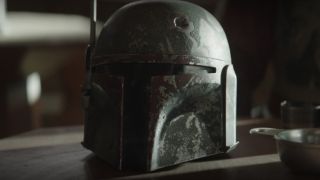
In the show, the Mandalorian wears his armour as a means to follow The Way – the code and set of rules passed down through generations of Mandalore clans. It’s especially important now given the events of The Great Purge, an act not too dissimilar to Order 66 which saw the Empire take out scores of Mandalorians.
For many, then, it’s a tribute to those fallen and deeply reverential. The Way must be followed – which includes not removing your helmet – and the survivors maintain their armour in such a way that it’s essentially carrying on the legacy of legendary Mandalore warriors from centuries past. In much the same way real-life religions have their own set of dress and wear, so, too, do the Mandalorians.
Of course, it also offers a practical use: it’s as strong as pretty much any known armour in the Star Wars universe, all while letting its wearer go gunslinging with the best of ‘em or even make use of a jetpack.
Part wearable history lesson, part-badass killing machine, Mandalorian armour does it all. It’s not just there to look cool – and now you know the hidden story behind the legendary get-up.
I'm the Senior Entertainment Writer here at 12DOVE, focusing on news, features, and interviews with some of the biggest names in film and TV. On-site, you'll find me marveling at Marvel and providing analysis and room temperature takes on the newest films, Star Wars and, of course, anime. Outside of GR, I love getting lost in a good 100-hour JRPG, Warzone, and kicking back on the (virtual) field with Football Manager. My work has also been featured in OPM, FourFourTwo, and Game Revolution.
